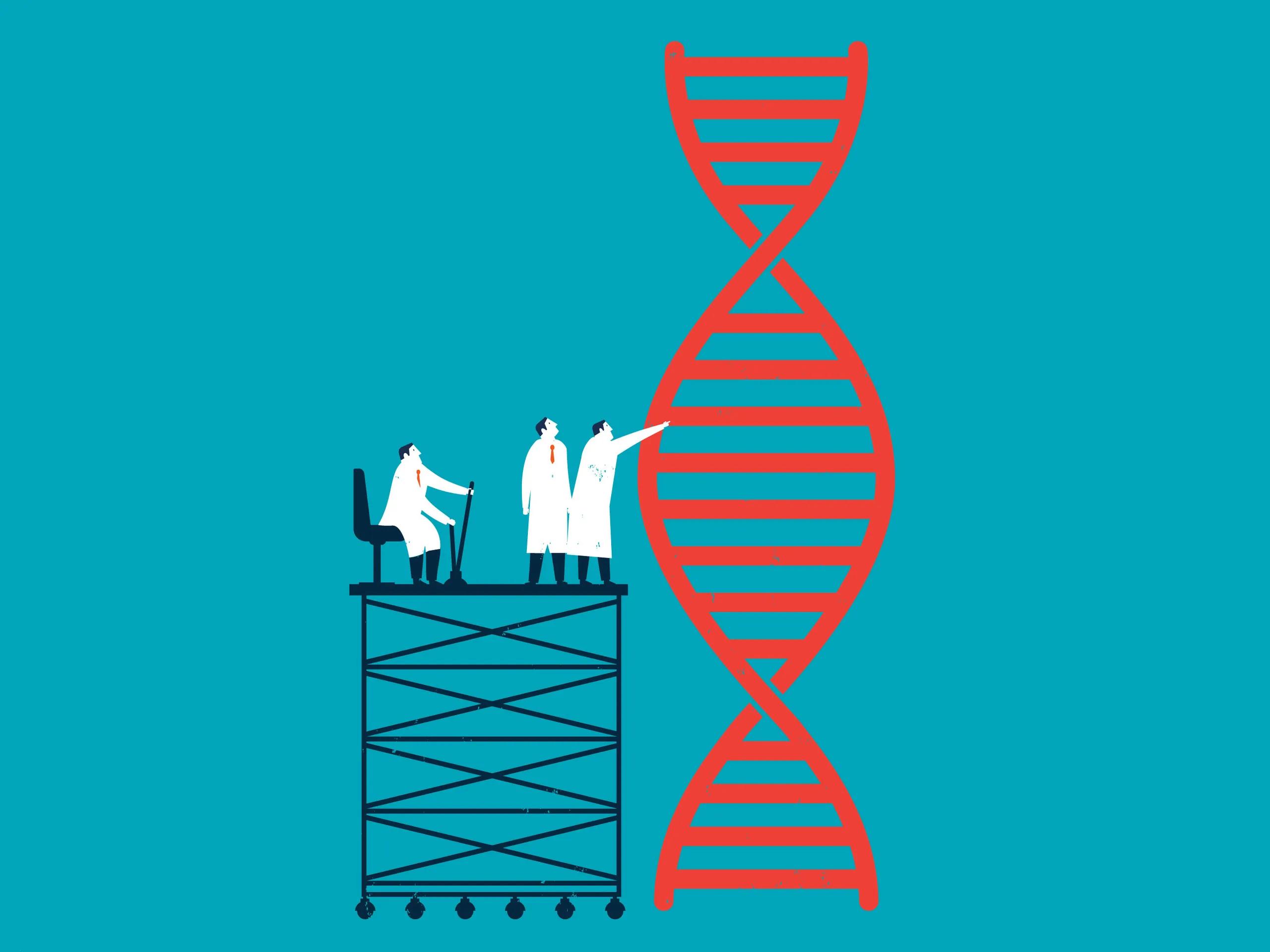
In cellular biology, the difference between chromatid vs chromosome is key to grasping the fundamentals of cell division and genetic inheritance. Although
terms are sometimes used interchangeably, chromatids and chromosomes represent distinct structures within a cell. Chromatids are duplicated DNA strands linked together during cell division, while chromosomes are condensed DNA structures carrying the complete genetic information of an organism. This distinction is essential to understanding how genetic information is passed from one cell to another and how genetic testing identifies variations that impact health.
What Are Chromatids and Chromosomes?
Chromatids and chromosomes, though closely related, have specific roles in the life of a cell. Chromatids are identical DNA copies formed during DNA replication, joined by a centromere to create “sister chromatids.” These chromatids remain connected until they split during cell division, ensuring each new cell receives an accurate genetic copy. Chromosomes, however, are the fully condensed forms of DNA that appear during cell division, housing the genetic blueprint in an organized, compact structure. This chromatid vs chromosome distinction highlights their unique contributions to genetic stability.
Chromatid vs Chromosome: Key Differences in Structure and Function
FeatureChromosomeChromatidDefinitionCondensed structure of DNA containing genetic materialIdentical DNA copies formed after replicationFunctionDistributes genetic material during cell divisionEnsures each cell inherits a complete DNA copyLifecyclePresent through most of the cell cycleForms only during the S phase before divisionGenetic ContentContains diverse genetic materialIdentical copy of the original chromosomeCentromere PresenceEach chromosome has a centromereCentromere connects sister chromatidsRole in SynthesisTemplate for RNA transcription and protein synthesisPrimarily structural, involved in cell division
This chromatid vs chromosome comparison highlights their critical roles in maintaining genetic integrity throughout the cell cycle.
Chromatin: The Precursor to Chromosomes
Chromatin is the relaxed, thread-like form of DNA present in the nucleus, allowing genes to be accessible for transcription and protein synthesis. As the cell prepares for division, chromatin condenses to form chromosomes, enabling organized distribution of DNA. This transformation of chromatin to chromosome underscores the flexibility and organization required for successful cell division.
The Role of Chromatids and Chromosomes in Genetic Testing
Chromosomes are the main focus in genetic testing, as they carry the entire genetic code. By examining chromosomes, scientists can detect genetic abnormalities, such as an extra chromosome 21 in Down syndrome. Although chromatid vs chromosome distinctions are not directly analyzed in tests, understanding these differences supports accurate targeting of specific chromosome areas, enhancing diagnostic precision.
Why Understanding Chromatid vs Chromosome Matters
As genetic testing and personalized medicine evolve, distinguishing chromatid vs chromosome roles becomes valuable. Genetic tests provide insights that help healthcare providers recommend personalized treatments based on an individual’s genetic profile, influencing preventive care and therapeutic decisions. This knowledge underscores the importance of cellular structures in shaping modern medicine.
Conclusion
Chromatids and chromosomes are foundational to cellular processes, ensuring the accurate transmission of genetic material during cell division. Recognizing chromatid vs chromosome distinctions enriches our understanding of how cellular structures impact genetics, health, and personalized treatment approaches, supporting advances in genetic diagnostics and personalized healthcare.

















Write a comment ...